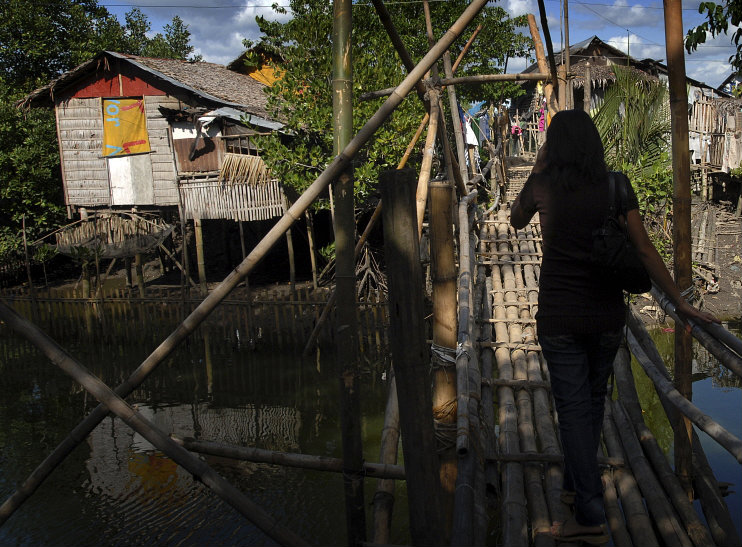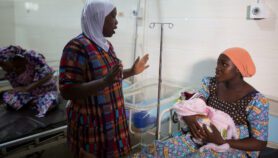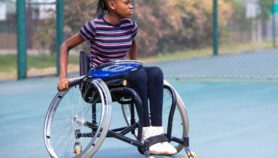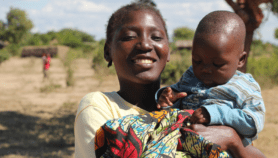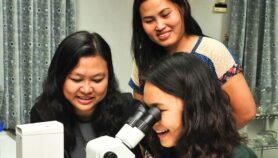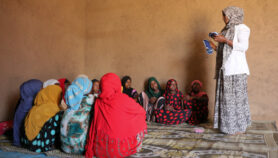By: Joshua Howgego
Send to a friend
The details you provide on this page will not be used to send unsolicited email, and will not be sold to a 3rd party. See privacy policy.
At the Mobile World Congress in Barcelona, Spain, last week, several mobile apps were unveiled. Their stated purpose: to educate millions of Filipino children.
The initiative sounds promising, but Nancy Hafkin tells me she is worried that, without proper data on who uses these phones, and for what, girls may end up being left behind. In fact, says Hafkin, a senior associate at Women in Global Science & Technology, a group that advocates for women’s equal access to technologies, there is an urgent need for information and communications technology (ICT) statistics measured at a finer level.
“Until recently virtually all data on ICTs published by international agencies like the International Telecommunication Union were at the aggregate level,” she says.
“And the problem is that masked internal divides. You could have a figure like 60 per cent of a certain population is using the internet, but then if you were to look more closely, maybe it was that 80 per cent of the men were using it and only thirty-something per cent of women.”
Yet there are simple ways to get sex-disaggregated data, says Hafkin. She outlined these in a recent report prepared for the UN’s International Telecommunication Union (ITU). [1]
For example, she says, national statistics offices routinely identify the sex of a respondents to their household surveys. It is then easy to break down the data by sex to show differences between men and women’s access to, and use of, mobile phones, among other technologies.
“Without disaggregated numbers about women and girls’ use of phones and access to education, we can only make guesses.”
Nancy Hafkin, Women in Global Science & Technology
The Partnership on Measuring ICT for Development, which includes the ITU and UNESCO Institute for Statistics, already issues a set of ‘core indicators’ that it recommends countries collect data on. One of these is: “The proportion of individuals who used a mobile cellular telephone.” [2]
Statisticians do household surveys to collect this information, and Hafkin says it would be straightforward to show the proportions of men and women using mobile phones and to add questions on how and for what they are using them.
“I want to suggest that, as well as asking about use of mobile phones, we also ask about ownership,” she says, because, often, surveys that ask about the number of individual users end up reporting on people that have access to a mobile only part of the time.
“The presence of a mobile phone in a household doesn’t mean everyone in the household can actually use it,” she says.
“You need to know who in the household is using it — and for what.”
To make this happen, Hafkin says the Partnership on Measuring ICT for Development should begin to include these new indicators in their guidelines.
She tells me that national statistics offices do take note of these recommendations. If we had all this data, it could inform interventions such as the mEducation apps in the Philippines, says Hafkin.
For example, she says, it might be that girls benefit disproportionately from the phones, since they have more limited opportunities at school.
“But without disaggregated numbers about women and girls’ use of phones and access to education, we can only make guesses about this,” she says.
Joshua Howgego is SciDev.Net’s deputy news and opinions editor.
References
[2] Partnership on Measuring ICT for Development Core ICT indicators 2010 (ITU, 2010)


